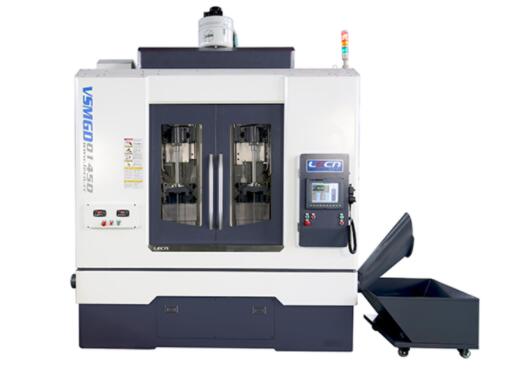Oct. 23, 2021
Solid drilling is the most common method. It involves machining a hole in a solid material. Usually, the diameter, straightness and surface finish of the hole are so good that no subsequent machining is required.
When machining forged, cast, pressed or extruded parts, the pre-drilled hole is usually reamed to obtain better straightness, surface finish and tolerances.
If the machine power is not sufficient to perform integral drilling in a single operation, a smaller integral drill can be used to pre-drill the hole and then countersink it to the desired diameter.
Hardening, tempering, stress relief annealing or other operations are sometimes performed between integral drilling and countersinking.

A deep hole drilling machine is a metal cutting machine designed to produce very deep, precision holes in almost any metal. Deep hole drilling machines can achieve the performance of specific tools such as BTA and gun drills, thus optimizing the deep hole drilling process for the manufacturer. The machines are carefully designed to integrate the technology used in these tools and optimize all aspects of the process to drill deep holes with accuracy, reliability and efficiency.
Deep hole drilling machines are ideally suited for deep holes of all sizes and production levels, and are essential for holes with depth to diameter ratios of approximately 20:1 or greater. Dedicated deep hole drilling machines provide tool support, coolant delivery and process feedback to enable manufacturers to achieve their deep hole drilling goals. These features optimize the process and prioritize deep hole drilling methods by reducing cycle times, stabilizing tool chip removal, and preventing tool breakage and process failure compared to CNC machining centers.
There are two main types of tools used to produce deep holes: gun drill and BTA drilling. The requirements of these tools determine the design and system of the deep hole drilling machines that use them. In some cases, BTA and gun drill processes can be combined in a single machine with coolant and tool change technology.
Gun drilling is typically used for deep holes from 1 mm to 50 mm in diameter, while BTA drilling can be used for holes from 20 mm to 250 mm in diameter.
Previous: None
Next: None